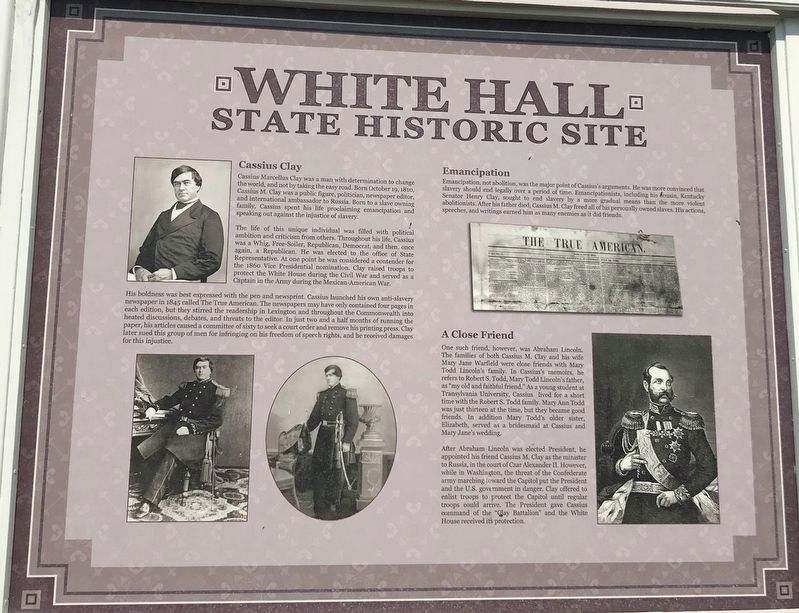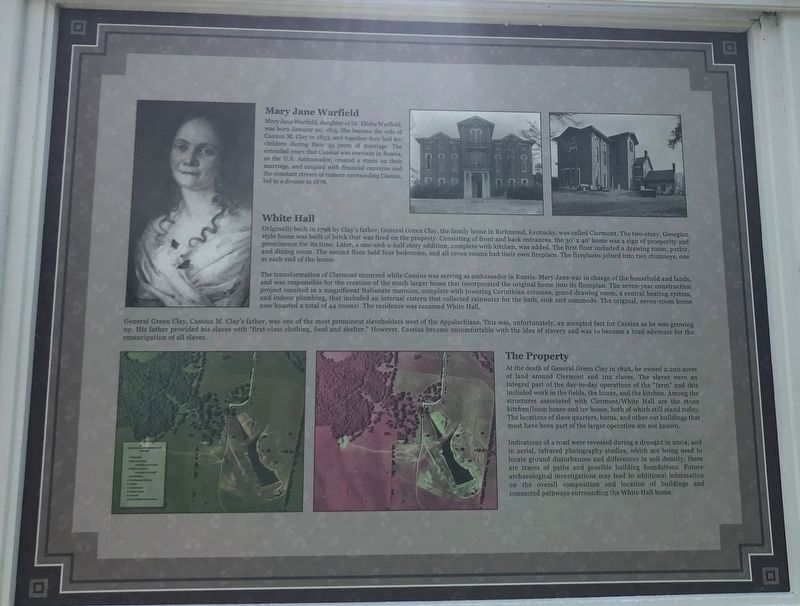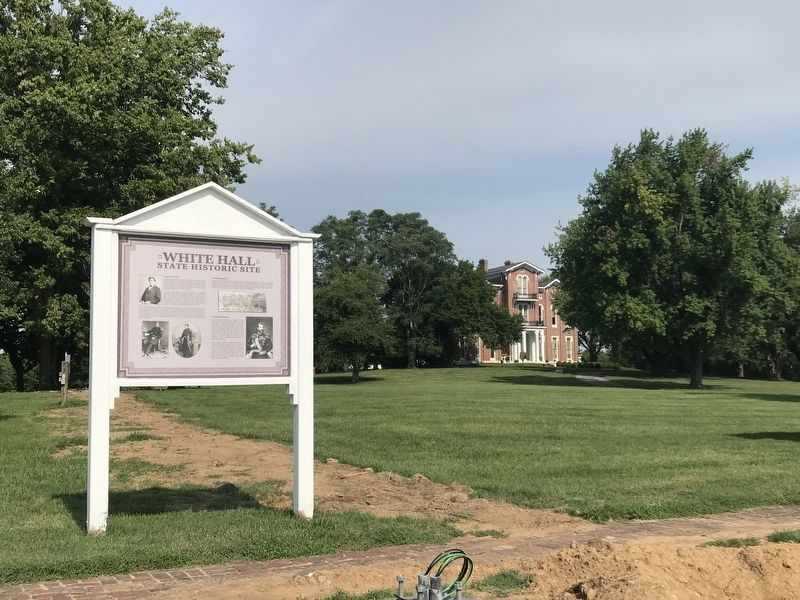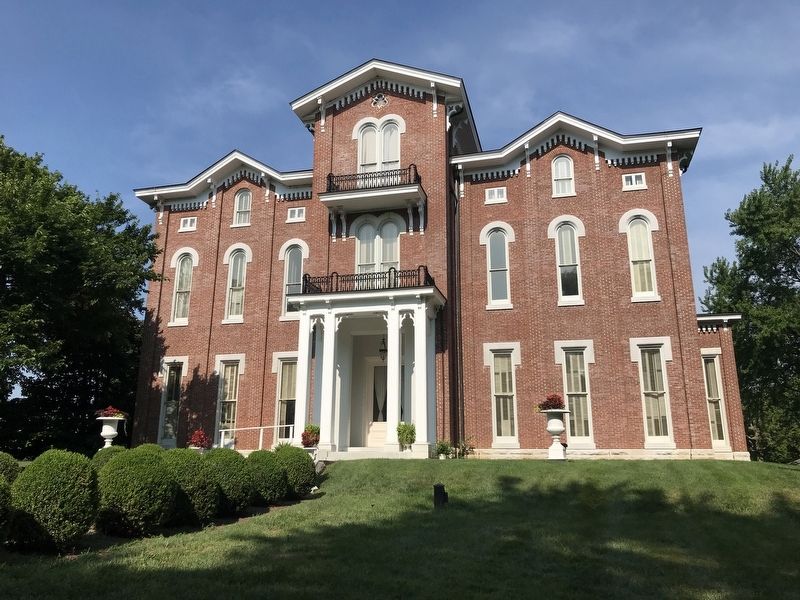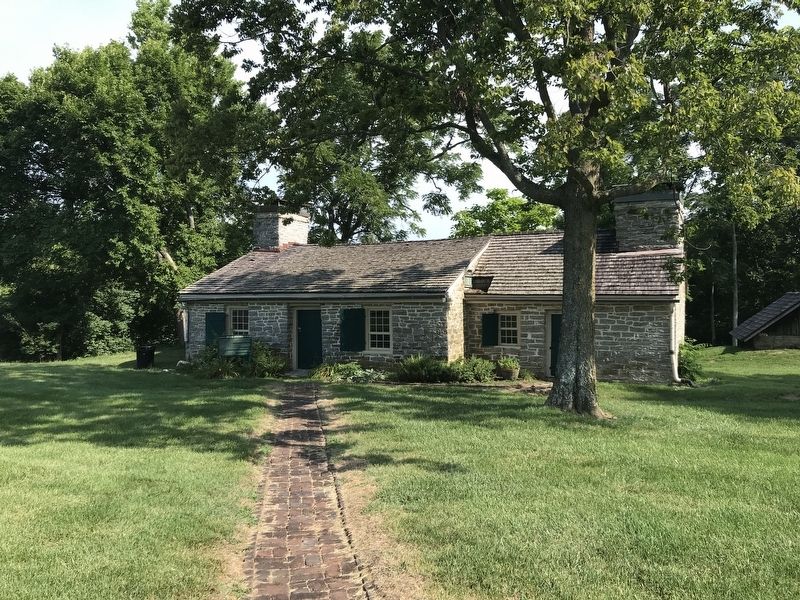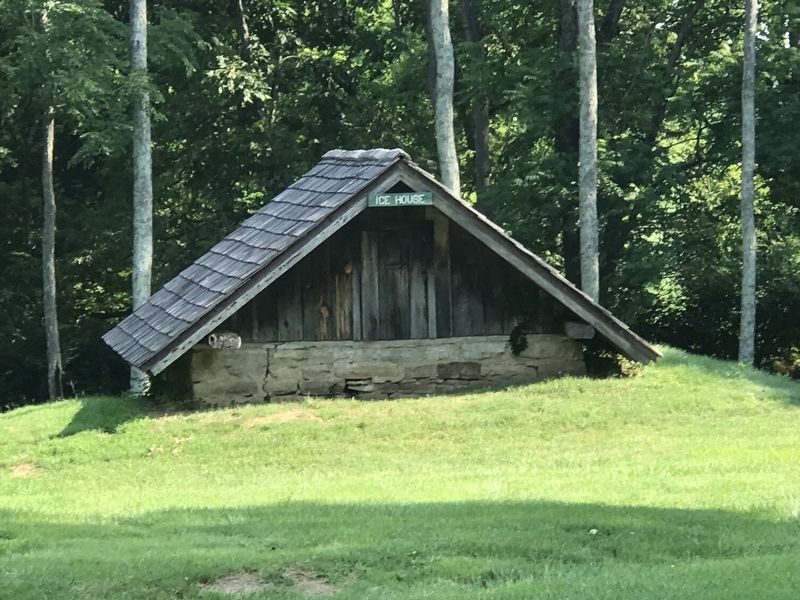Near Richmond in Madison County, Kentucky — The American South (East South Central)
White Hall State Historic Site
Inscription.
[Side A}
Cassius Clay
Cassius Marcellus Clay was a man with determination to change the world, and not by taking the easy road. Born October 19, 1810, Cassius M. Clay was a public figure, politician, newspaper editor, and international ambassador to Russia. Born to a slave-owning family, Cassius spent his life proclaiming emancipation and speaking out against the injustice of slavery.
The life of this unique individual was filled with political ambition and criticism from others. Throughout his life, Cassius was a Whig, Free-Soiler, Republican, Democrat, and the, once again, a Republican. He was elected to the office of State Representative. At one point he was considered a contender for the 1860 Vice-Presidential nomination. Clay raised troops to protect the White House during the Civil War and served as a Captain in the Army during the Mexican-American War.
His boldness was best expressed with the pen and newsprint. Cassius launched his own anti-slavery newspaper in 1845 called The True American. The newspapers may have only contained four pages in each edition, but they stirred the readership in Lexington and throughout the Commonwealth into heated discussions, debates, and threats to the editor. In just two and a half months of running the paper his articles caused a committee of sixty to seek a court order and remove his printing press. Clay later sued this group of men for infringing on his freedom of speech rights, and he received damages for this injustice.
Emancipation
Emancipation, not abolition, was the major point of Cassius's arguments. He was more convinced that slavery should end legally over a period of time. Emancipationists, including his cousin, Kentucky Senator Henry Clay, sought to end slavery by a more gradual means than the more violent abolitionists. After his father died, Cassius M. Clay freed all of his personally owned slaves. His actions, speeches, and writings earned him as many enemies as it did friends.
A Close Friend
One such friend, however, was Abraham Lincoln. The families of both Cassius M. Clay and his wife Mary Jane Warfield were close friends with Mary Todd Lincoln's family. In Cassius's memoirs, he refers to Robert S. Todd, Mary Todd Lincoln's father, as “my old and faithful friend.” As a young student at Transylvania University, Cassius lived for a short time with the Robert S. Todd family. Mary Ann Todd was just thirteen at the time, but they became good friends. In addition Mary Todd's older sister, Elizabeth, served as a bridesmaid at Cassius and Mary Jane's wedding.
After Abraham Lincoln was elected President, he appointed his friend Cassius M. Clay as the minister to Russia,
in the court of Czar Alexander II. However, while in Washington, the threat of the Confederate army marching toward the Capitol put the President and U.S. government in danger. Clay offered to enlist troops to protect the Capitol until regular troops could arrive. The President gave Cassius command of the “Clay Battalion” and the White House received its protection.
[Side B]
Mary Jane Warfield
Mary Jane Warfield, daughter of Dr. Elisha Warfield, was born January 20, 1815. She became the wife of Cassius M. Clay in 1833, and together they had ten children during their 45 years of marriage. The extended years that Cassius was overseas in Russia, as the U.S. Ambassador, created a strain on their marriage, and coupled with financial concerns and the constant stream of rumors surrounding Cassius, led to a divorce in 1878.
White Hall
Originally built in 1798 by Clay's father, General Green Clay, the family home in Richmond, Kentucky, was called Clermont. The two-story, Georgian style home was built of brick that was fired on the property. Consisting of front and back entrances, the 30' by 40' home was a sign of prosperity and prominence for its time. Later, a one-and-a-half story addition, complete with kitchen, was added. The first floor included a drawing room, parlor, and dining room. The second floor held four bedrooms, and all seven rooms had their own fireplace. The fireplaces joined into two chimneys, one at each end of the home.
The transformation of Clermont occurred while Cassius was serving as ambassador in Russia. Mary Jane was in charge of the household and lands, and was responsible for the creation of the much larger home that incorporated the original home into its floorplan. The seven-year construction project resulted in a magnificent Italianate mansion, complete with towering Corinthian columns, grand drawing room, a central heating system, and indoor plumbing, that included an internal cistern that collected rainwater for the bath, sink and commode. The original, seven-room home now boasted a total of 44 rooms! The residence was renamed White Hall.
General Green Clay, Cassius M. Clay's father, was one of the most prominent slaveholders west of the Appalachians. This was, unfortunately, an accepted fact for Cassius as he was growing up. His father provided his slaves with “first-class clothing, food and shelter.” However, Cassius became uncomfortable with the idea of slavery and was to become a loud advocate for the emancipation of all slaves.
The Property
At the death of General Green Clay in 1828, he owned 2,200 acres of land around Clermont and 102 slaves. The slaves were an integral part of the day-to-day operations of the “farm” and this included
work in the fields, the house, and the kitchen. Among the structures associated with Clermont/White Hall are the stone kitchen/loom house and ice house, both of which still stand today. The locations of slave quarters, barns, and other outbuildings that must have been part of the larger operation are not known.
Indications of a road were revealed during a drought in 2004, and in aerial, infrared photography studies, which are being used to locate ground disturbances and differences in soil density, there are traces of paths and possible building foundations. Future archaeological investigations may lead to additional information on the overall composition and location of buildings and connected pathways surrounding the White Hall home.
Topics. This historical marker is listed in these topic lists: Abolition & Underground RR • Architecture • Government & Politics • Women. A significant historical date for this entry is October 19, 1810.
Location. 37° 49.944′ N, 84° 21.081′ W. Marker is near Richmond, Kentucky, in Madison County. Marker can be reached from White Hall Shrine Road (Kentucky Route 3055) 0.4 miles south of Fox Town Road. Marker is between the visitor center and restroom building. Touch for map. Marker is at or near this postal address: 500 White Hall Shrine Rd, Richmond KY 40475, United States of America. Touch for directions.
Other nearby markers. At least 8 other markers are within 2 miles of this marker, measured as the crow
flies. Abraham Lincoln & Cassius Marcellus Clay (a few steps from this marker); Mary Barr Clay (within shouting distance of this marker); Kentucky & the Emancipation Proclamation (within shouting distance of this marker); Laura Clay (1849-1941) (within shouting distance of this marker); White Hall (about 300 feet away, measured in a direct line); Richmond Garden Club (about 400 feet away); Stone Kitchen (about 700 feet away); “Lion of White Hall” (approx. 1.3 miles away). Touch for a list and map of all markers in Richmond.
Credits. This page was last revised on July 26, 2022. It was originally submitted on July 26, 2022, by Duane and Tracy Marsteller of Murfreesboro, Tennessee. This page has been viewed 269 times since then and 38 times this year. Photos: 1, 2, 3, 4, 5, 6. submitted on July 26, 2022, by Duane and Tracy Marsteller of Murfreesboro, Tennessee.
